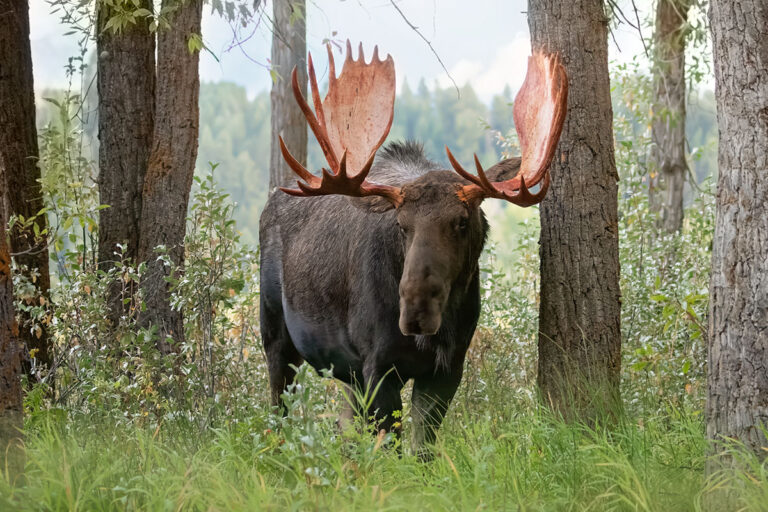Capture Wildlife at Its Best: ISO, Aperture, and Shutter Speed – Wildlife Photography Cheat Sheet Giveaway
Are you tired of missing the perfect shot of that stunning bird or majestic animal? Do you want to take your wildlife photography to the next level? Then it’s time to master the trio: ISO, aperture, and shutter speed. These three settings are the key to capturing stunning images of wildlife with the right exposure and creative control.
But with so many technical terms and settings, it can be overwhelming to know where to start. That’s why we’ve put together a comprehensive wildlife photography cheat sheet that will make understanding ISO, aperture, and shutter speed a breeze.
Here’s a sneak peek of what you’ll find in this cheat sheet:
ISO:
- What it is: ISO measures the sensitivity of your camera’s sensor to light.
- Best practices for wildlife photography: Keep ISO as low as possible to reduce noise (graininess) in your images, especially when shooting in low light conditions.
- How to adjust:
- Locate the ISO setting on your camera. It may be in the menu or accessible through a physical button or dial.
- Adjust ISO in increments, such as 100, 200, 400, 800, and so on.
- Start at the lowest ISO value and increase as needed.
- Take test shots and review them to see how the change in ISO affects the exposure.
- Repeat this process until you achieve the desired exposure.
Aperture:
- What it is: Aperture refers to the size of the opening in the lens that lets light into the camera.
- Best practices for wildlife photography: Use a wide aperture (low f-number) to isolate your subject from the background, which can help reduce distractions and make your subject stand out.
- How to adjust:
- Locate the aperture setting on your camera. It may be in the menu or accessible through a physical button or dial.
- Adjust aperture by changing the f-number, such as f/1.8, f/2.8, f/4, and so on.
- Take test shots and review them to see how the change in aperture affects the depth of field.
- Repeat this process until you achieve the desired depth of field.
Shutter Speed:
- What it is: Shutter speed refers to the amount of time that the shutter remains open to allow light into the camera.
- Best practices for wildlife photography: Use a fast shutter speed to freeze action, especially when shooting moving wildlife, and a slower shutter speed to capture motion blur for creative effect.
- How to adjust:
- Locate the shutter speed setting on your camera. It may be in the menu or accessible through a physical button or dial.
- Adjust shutter speed in fractions of a second, such as 1/60, 1/125, 1/250, and so on.
- Take test shots and review them to see how the change in shutter speed affects motion.
- Repeat this process until you achieve the desired motion effect.
With this cheat sheet in hand, you’ll be able to take control of your camera and capture stunning wildlife photos with ease. Don’t miss out on this opportunity to improve your photography skills and take your wildlife photography to the next level. Download your free wildlife photography cheat sheet today and start capturing wildlife at its best!
And here’s a visual representation of the information, to help you better understand the concepts:


